

Articles
How To Get Rid Of Ants In Pantry
Modified: January 19, 2024
Learn effective methods to eliminate ants in your pantry storage. Discover how to keep your pantry ant-free and protect your food supplies.
(Many of the links in this article redirect to a specific reviewed product. Your purchase of these products through affiliate links helps to generate commission for Storables.com, at no extra cost. Learn more)
Introduction
Welcome to our guide on how to get rid of ants in the pantry. Few things are as frustrating as discovering a trail of tiny ants invading your precious food storage area. Not only can these persistent pests contaminate your food, but they can also cause unwanted stress and discomfort. However, with the right approach, you can effectively eliminate ants from your pantry and keep them at bay in the future.
Understanding ant behavior is essential when it comes to tackling an infestation. Ants are social insects that live in large colonies, with each member having a specific role to play. They are constantly searching for food sources to sustain their colony, and your pantry is a tempting target for these relentless scavengers.
Identifying the ant species invading your pantry will also help determine the most effective control methods. Different ant species have different preferences in terms of food and nesting locations. Common household ants include odorous house ants, Argentine ants, and pavement ants.
Next, let’s dive into a step-by-step process to rid your pantry of ants and prevent future infestations. By following these strategies, you’ll be on your way to having an ant-free and stress-free pantry.
Key Takeaways:
- Understanding ant behavior is crucial for effective pantry ant control. Disrupt their pheromone trails, remove food sources, and seal entry points to deter these persistent pests.
- Consider professional pest control for severe ant infestations. Experts can accurately assess, target, and prevent future infestations, providing long-term solutions for an ant-free pantry.
Read more: How To Get Rid Of Ants In Basement
Understanding Ant Behavior
Before you can effectively get rid of ants in your pantry, it’s crucial to understand their behavior and habits. Ants have a highly organized social structure, with worker ants being responsible for foraging and bringing food back to the colony. By understanding their behavior, you can take steps to disrupt their activities and eliminate their presence in your pantry.
Firstly, ants communicate with each other using chemical signals called pheromones. When an ant discovers a food source, it leaves behind a trail of pheromones as it returns to the colony, allowing other ants to follow the trail and find the food. This is why you often see ants marching in a straight line towards a food source.
Secondly, ants are attracted to a wide variety of food, including crumbs, sugary substances, and grease. They have a keen sense of smell and can quickly detect even the tiniest food particles. It’s important to keep your pantry clean and free of food debris to discourage ants from entering.
Thirdly, ants require water to survive, so they are often found near sources of moisture. Leaking pipes, dripping faucets, and condensation can provide the moisture ants need to thrive. It’s essential to address any water issues in your pantry to prevent ants from being attracted.
Lastly, ants are persistent and resourceful creatures. They can squeeze through tiny cracks and crevices in search of food. This means that sealing off their entry points is fundamental in preventing future infestations. Understanding where ants are likely to enter your pantry will help you focus on these areas when implementing control measures.
By gaining an understanding of ant behavior, you can tailor your approach to effectively eliminate them from your pantry. The next step is to identify the specific ant species that you’re dealing with, as the control methods may vary.
Identifying the Ant Species
When dealing with an ant infestation in your pantry, it’s important to identify the specific ant species involved. Different ant species have different preferences when it comes to food sources and nesting habits. By correctly identifying the ant species, you can choose the most appropriate control methods to address the infestation.
Here are some common ant species that may invade your pantry:
- Odorous House Ants: These ants are small, black or brown in color and emit a distinct odor when crushed. They are attracted to sweet foods and are commonly found in homes.
- Argentine Ants: Argentine ants are light to dark brown and are known for forming large colonies. They are attracted to sugary substances and are often found trailing along countertops and cabinets.
- Pavement Ants: These ants are brown or black and get their name from their habit of nesting under pavement cracks. They are attracted to a variety of foods, including proteins and fats.
Identifying the ant species can be challenging, but there are a few key features to look for. Take note of the ant’s size, color, and any distinguishing characteristics. Pay attention to their behavior and nesting habits as well.
If you’re having difficulty identifying the ant species, you can consult with a professional pest control expert who can accurately determine the species and recommend the most effective treatment options.
Once you have identified the ant species, you can move on to implementing specific control strategies to eliminate the ants from your pantry. Cleaning and organizing the pantry is an essential first step.
Cleaning and Organizing the Pantry
When dealing with an ant infestation in your pantry, one of the crucial steps is to clean and organize the space. This not only helps eliminate existing ants but also prevents future infestations. Here are some steps to follow:
- Remove all items: Start by removing all food items from the pantry. Inspect each item for signs of ant activity and discard anything that is infested or has been compromised.
- Clean surfaces: Thoroughly clean all surfaces, including shelves, walls, and floors, using a mixture of warm water and mild dish soap. Pay special attention to any spills or crumbs that may have attracted ants.
- Organize and seal: Once the pantry is clean, organize your food items in sealed containers. This prevents ants from accessing the food and helps maintain a tidy and orderly pantry.
- Check expiration dates: Take this opportunity to check the expiration dates of your food items. Discard any expired or stale products.
- Wipe containers: Before placing the food items back in the pantry, wipe down the containers to ensure they are clean and free of any ant-attracting substances.
By cleaning and organizing your pantry, you remove the ant’s food sources, disrupt their pheromone trails, and create an environment that is less appealing to them. However, cleaning alone may not be enough to completely eliminate the infestation. Additional measures are needed to deter ants from returning.
Next, we will discuss ways to remove the food sources that attract ants in the pantry.
Removing Food Sources
One of the key steps in getting rid of ants in your pantry is removing the food sources that attract them. Ants are primarily seeking out sources of food, so by eliminating these temptations, you can discourage their presence. Here are some effective ways to remove food sources:
- Store food properly: Transfer all dry goods, such as cereal, flour, and pasta, into airtight containers. This prevents ants from accessing the food and keeps it fresh for longer.
- Clean up spills immediately: Even the smallest spills can attract ants. Clean up any food or liquid spills promptly to avoid giving ants a reason to invade your pantry.
- Wipe down containers: Make sure all food containers, bottles, and jars are tightly sealed. Wipe down the containers regularly to remove any sticky residue that may attract ants.
- Empty recycling bins: Ants are not just attracted to food but can also be enticed by sugary substances in empty beverage containers. Empty your recycling bins frequently to avoid attracting ants.
- Dispose of garbage properly: Seal trash bags tightly and empty the garbage regularly to prevent odors from attracting ants.
- Keep fruits and vegetables fresh: Inspect your fresh produce regularly for any signs of rot or decay. Discard any spoiled items to avoid attracting ants.
By removing food sources, you make your pantry less appealing to ants and disrupt their foraging patterns. Regularly following these practices will help discourage ants from returning to your pantry.
However, simply removing food sources may not always be enough to completely eliminate an infestation. Ants are resilient creatures that can find alternative sources of sustenance. In the next section, we will discuss how to seal entry points to prevent ants from entering your pantry.
To get rid of ants in the pantry, keep all food tightly sealed, clean up any spills or crumbs immediately, and use ant traps or natural repellents like vinegar or cinnamon.
Read more: How To Get Rid Of Ants In Garden
Sealing Entry Points
Preventing ants from entering your pantry is crucial in maintaining an ant-free environment. These tiny creatures can find their way into your home through even the tiniest cracks and openings. By sealing off their entry points, you can create a barrier that keeps ants out. Here are some steps to follow:
- Inspect the pantry: Carefully examine your pantry for any gaps, cracks, or holes that ants could use as entry points. Common areas to check include baseboards, windows, doors, and any gaps around plumbing or electrical lines.
- Seal cracks and gaps: Use caulk or silicone sealant to fill in any cracks or gaps you find. Pay extra attention to areas where ants are known to frequent or have been seen before.
- Install door sweeps: If ants are entering through the bottom of the pantry door, consider installing a door sweep to create a tight seal. This prevents ants from sneaking in through the gap at the bottom.
- Use weatherstripping: Apply weatherstripping to windows and doors to create a tight seal and eliminate potential entry points for ants.
- Fix leaks and drips: Ants are attracted to moisture, so address any leaking pipes, dripping faucets, or condensation issues in or near your pantry. Fixing these problems helps remove a potential food and water source for ants.
- Trim vegetation: If any tree branches or shrubs are touching your home near the pantry, trim them back. Ants can use these as bridges to access your pantry.
By sealing off entry points, you make it much more difficult for ants to infiltrate your pantry. It’s important to be thorough in your inspection and sealing efforts, as even the smallest gaps can serve as access points for these determined pests.
Next, we will explore natural ant repellents that can be used to deter ants from your pantry.
Using Natural Ant Repellents
If you prefer to tackle your ant infestation using natural methods, there are several effective natural ant repellents that you can utilize. These remedies are safe, environmentally friendly, and can help deter ants from your pantry. Here are some natural ant repellents to consider:
- Vinegar: Ants dislike the strong scent of vinegar. Create a solution of equal parts vinegar and water and use it to wipe down pantry surfaces, shelves, and entry points. Repeat this process regularly to maintain the repellent effect.
- Peppermint oil: The strong scent of peppermint oil acts as a natural ant repellent. Mix a few drops of peppermint oil with water and spray it around your pantry, focusing on areas where ants commonly gather.
- Lemon juice: Lemon juice contains citric acid, which ants dislike. Squeeze fresh lemon juice around entry points, near windows, and in areas where ants are seen. This will help deter them from entering your pantry.
- Cinnamon: Sprinkle cinnamon powder along ant trails and entry points. Ants have an aversion to cinnamon, making it an effective natural repellent. Replace the cinnamon regularly to maintain its potency.
- Bay leaves: Place bay leaves in your pantry shelves and near food containers. The strong scent of bay leaves can repel ants and prevent them from accessing your food supply.
- Chalk: Draw a line of chalk along baseboards, windowsills, and other entry points. Ants are repelled by the calcium carbonate in chalk and will avoid crossing the line.
It’s important to note that while natural ant repellents can be effective, they may not provide a complete solution for severe infestations. These methods work well for deterring ants and keeping them at bay, but for more significant ant problems, you may need to combine natural remedies with other control measures.
Now that we’ve discussed natural ant repellents, let’s explore the use of commercial ant baits as another option for eliminating ants in your pantry.
Using Commercial Ant Baits
Commercial ant baits are a popular and effective method for eliminating ant infestations in your pantry. These baits contain a slow-acting insecticide that is attractive to ants, allowing them to carry the poison back to their colony and effectively eliminating the entire ant population. Here’s how to use commercial ant baits:
- Select the right bait: Choose a bait that is specifically designed to target the species of ant you are dealing with. Different ant species have different food preferences, so using the appropriate bait ensures maximum effectiveness.
- Place the bait strategically: Position the ant bait near the areas where ants are active in your pantry. Focus on trails, entry points, and areas where you have observed high ant activity. Follow the instructions provided with the bait for proper placement.
- Do not disturb the bait: It’s important not to disturb or remove the bait once it is in place. Allow the ants to feed on the bait and take it back to their colony. This ensures that the insecticide reaches the entire ant population.
- Monitor and replace baits: Check the bait regularly and replace it if it becomes depleted or ineffective. Monitor the ant activity and continue using the baits until the infestation is eradicated.
- Dispose of empty bait containers: Once the infestation has been eliminated, properly dispose of any empty bait containers according to the manufacturer’s instructions.
Commercial ant baits are an effective solution for eliminating ants in your pantry, as they target the entire ant colony, not just the visible ants. However, it’s important to follow the instructions provided with the bait and exercise caution, especially if you have pets or small children in the house.
If your ant infestation persists or if you prefer professional assistance, don’t hesitate to contact a licensed pest control professional who can provide targeted treatments and expert advice.
Now that we’ve explored the use of commercial ant baits, let’s move on to the option of contacting professional pest control for severe infestations.
Contacting Professional Pest Control
While DIY methods can be effective for small ant infestations, sometimes a severe or persistent infestation requires the expertise of professional pest control services. Pest control professionals have the knowledge, experience, and specialized tools to effectively eliminate ants from your pantry. Here are some reasons to consider contacting professional pest control:
- Identification and assessment: Pest control professionals can accurately identify the specific ant species and assess the extent of the infestation. This knowledge allows them to develop an effective treatment plan tailored to your specific situation.
- Targeted treatments: Professionals have access to a wide range of professional-grade insecticides and baits that are more potent and effective than consumer-grade products. They can apply targeted treatments to directly eliminate the ant population in your pantry.
- Preventive measures: Pest control experts can offer advice and implement preventive measures to help prevent future ant infestations. They can identify potential entry points, seal them off, and recommend strategies to keep your pantry and home ant-free.
- Safety considerations: Pest control professionals are trained to handle and apply insecticides safely. They take precautions to protect you, your family, and your pets from exposure to harmful chemicals during the treatment process.
- Long-term solutions: By addressing the root cause of the infestation and providing ongoing monitoring and maintenance, pest control professionals can offer long-term solutions to keep ants out of your pantry.
When considering professional pest control services, it’s important to choose a reputable and licensed company. Research local providers, read reviews, and ask for referrals to find a trusted professional who can effectively address your ant infestation. They will guide you through the process, explain the treatment plan, and answer any questions or concerns you may have.
Remember, professional pest control should be considered for severe ant infestations or situations where DIY methods have proven ineffective. Their expertise can help ensure the complete eradication of ants and provide you with peace of mind in your ant-free pantry.
Now that we’ve discussed the option of professional pest control, let’s conclude our guide on getting rid of ants in the pantry.
Read more: How To Get Rid Of Ants On Porch
Conclusion
Dealing with an ant infestation in your pantry can be frustrating, but with the right strategies, you can successfully eliminate these pesky invaders and keep your pantry ant-free. By understanding ant behavior, identifying the ant species, and taking proactive steps, you can take control of the situation and prevent future infestations.
Cleaning and organizing your pantry is essential to remove existing ant trails and food sources. Rid your pantry of any infested or compromised items and keep food stored in tightly sealed containers. Regularly wipe down surfaces and promptly clean up spills to deter ants from entering your pantry.
Sealing off entry points is crucial in preventing ants from infiltrating your pantry. Fill in cracks, gaps, and holes, install door sweeps, and use weatherstripping to create a barrier against ants. Address any water sources or leaks near your pantry to remove another attractant for ants.
If you prefer natural methods, you can use natural ant repellents such as vinegar, peppermint oil, lemon juice, cinnamon, bay leaves, and chalk to deter ants. For more severe infestations, commercial ant baits can be highly effective. Remember to follow the instructions and regularly replace the baits.
In some cases, contacting professional pest control may be necessary, especially for severe or persistent infestations. Pest control professionals have the expertise and tools to assess the infestation, provide targeted treatments, and offer long-term solutions to keep your pantry ant-free.
By implementing these strategies and staying proactive, you can successfully eliminate ants from your pantry and maintain a clean and pest-free food storage area. Remember to maintain good hygiene practices, regularly inspect and clean your pantry, and promptly address any signs of ant activity. With patience and persistence, you can regain control of your pantry and enjoy a pest-free kitchen environment.
Frequently Asked Questions about How To Get Rid Of Ants In Pantry
Was this page helpful?
At Storables.com, we guarantee accurate and reliable information. Our content, validated by Expert Board Contributors, is crafted following stringent Editorial Policies. We're committed to providing you with well-researched, expert-backed insights for all your informational needs.
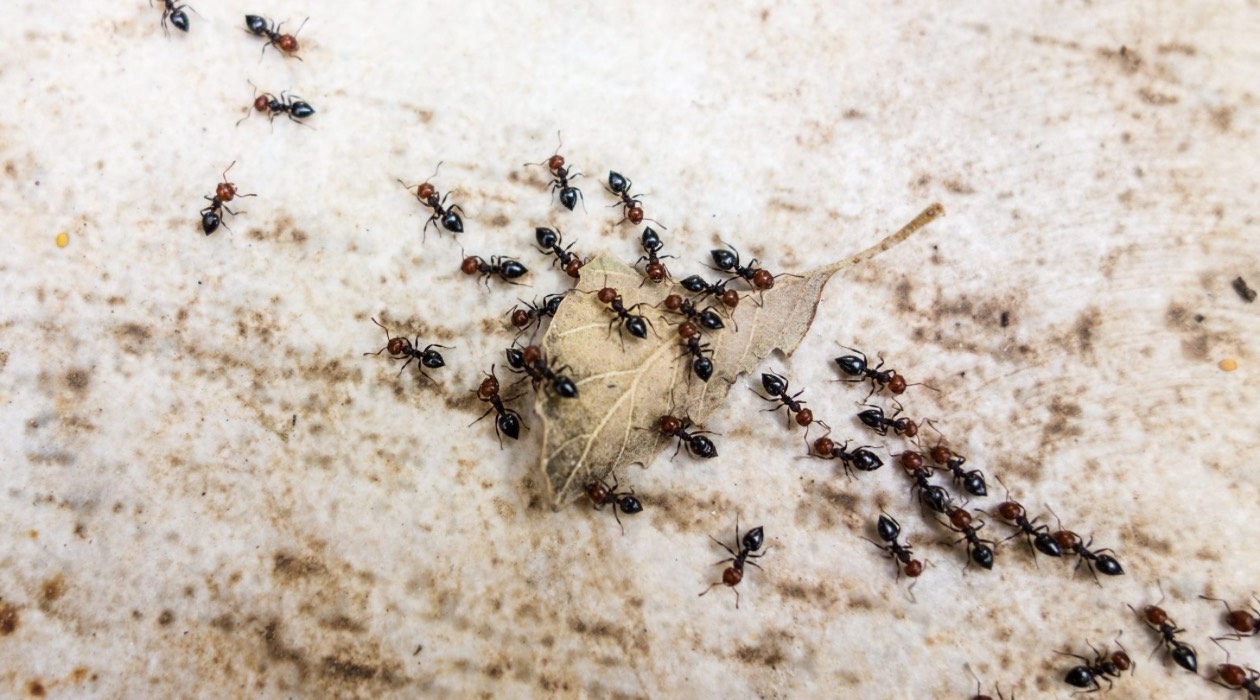
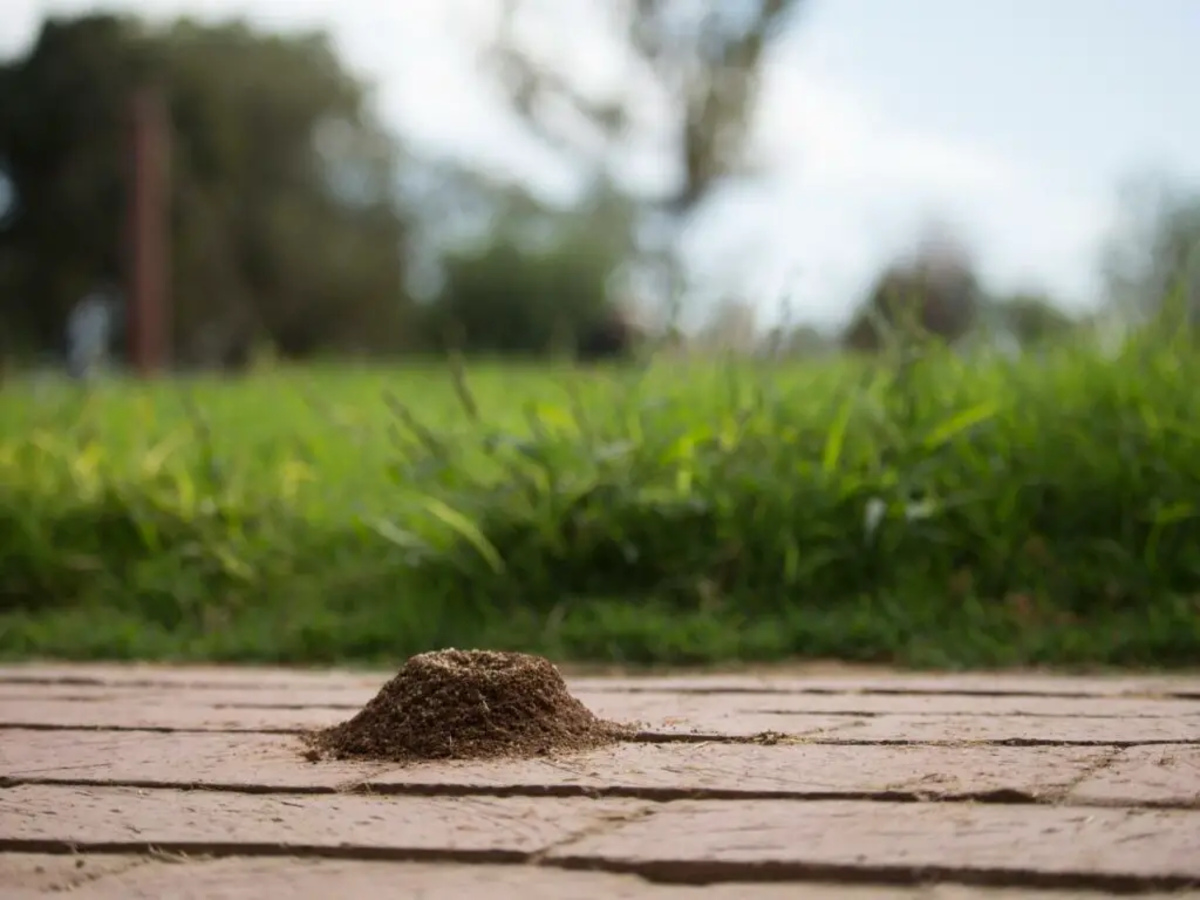
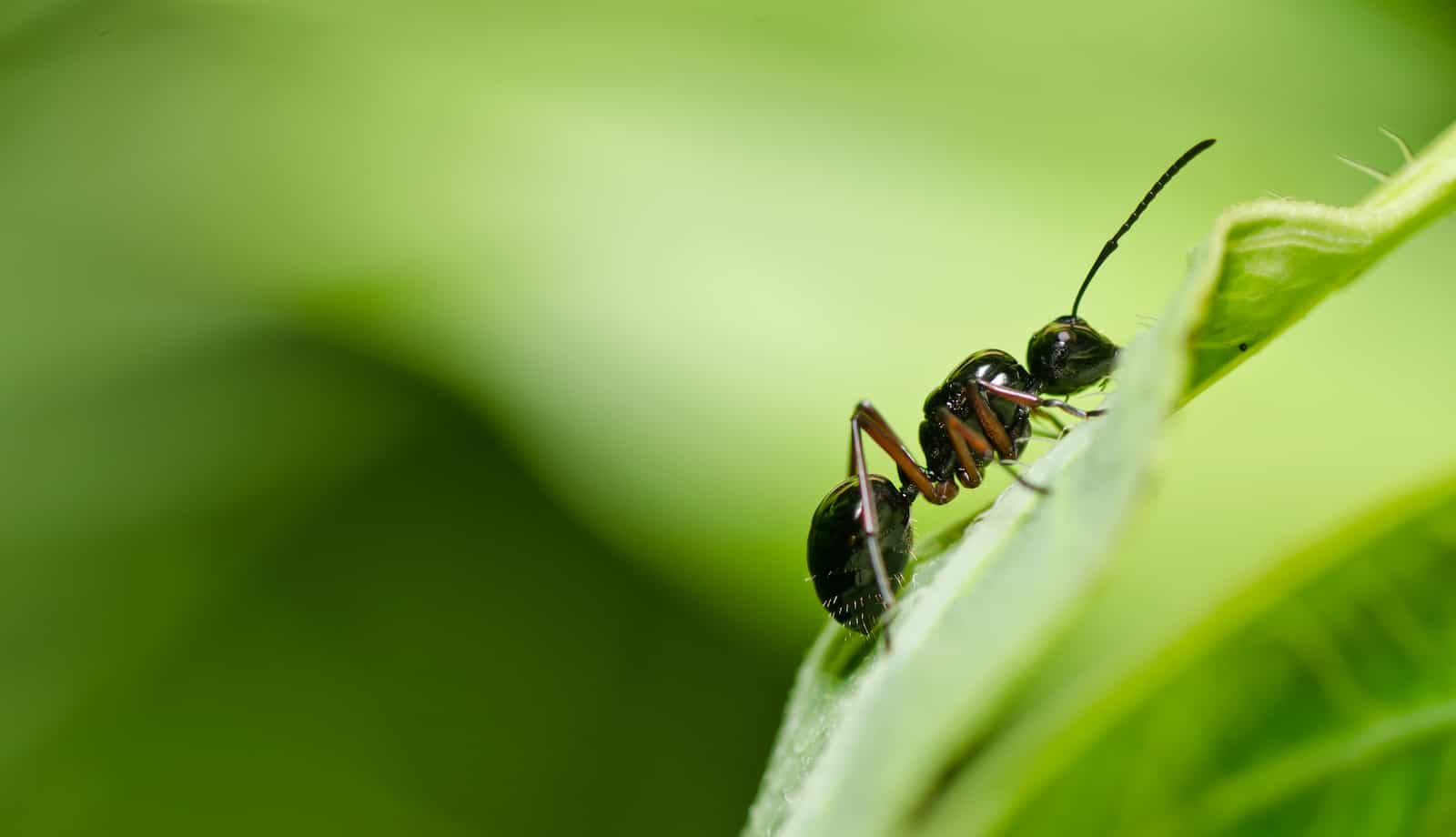
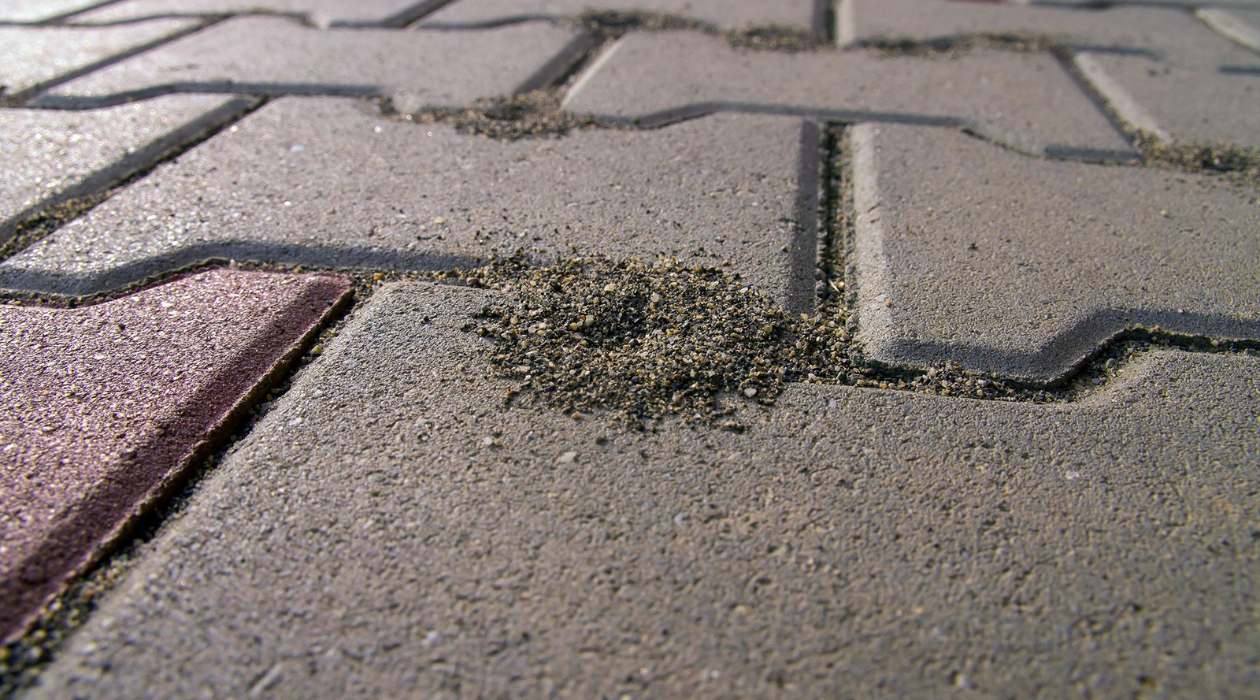
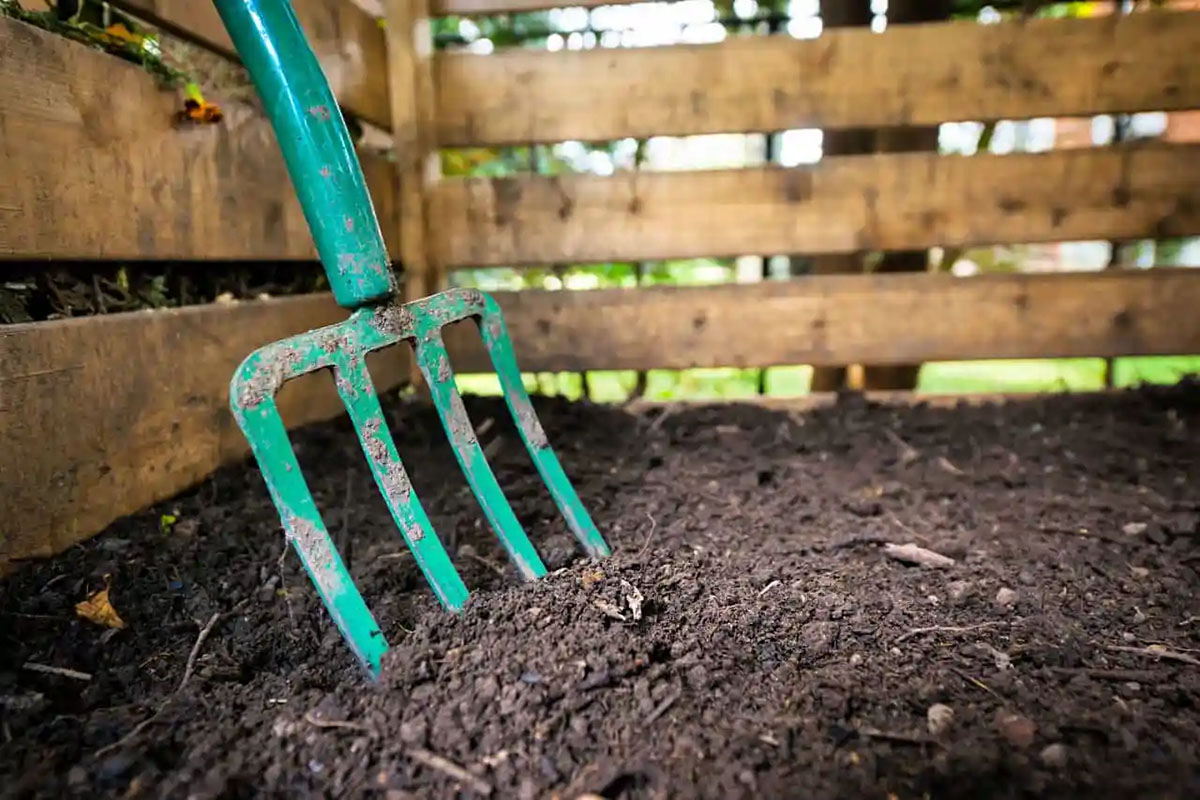
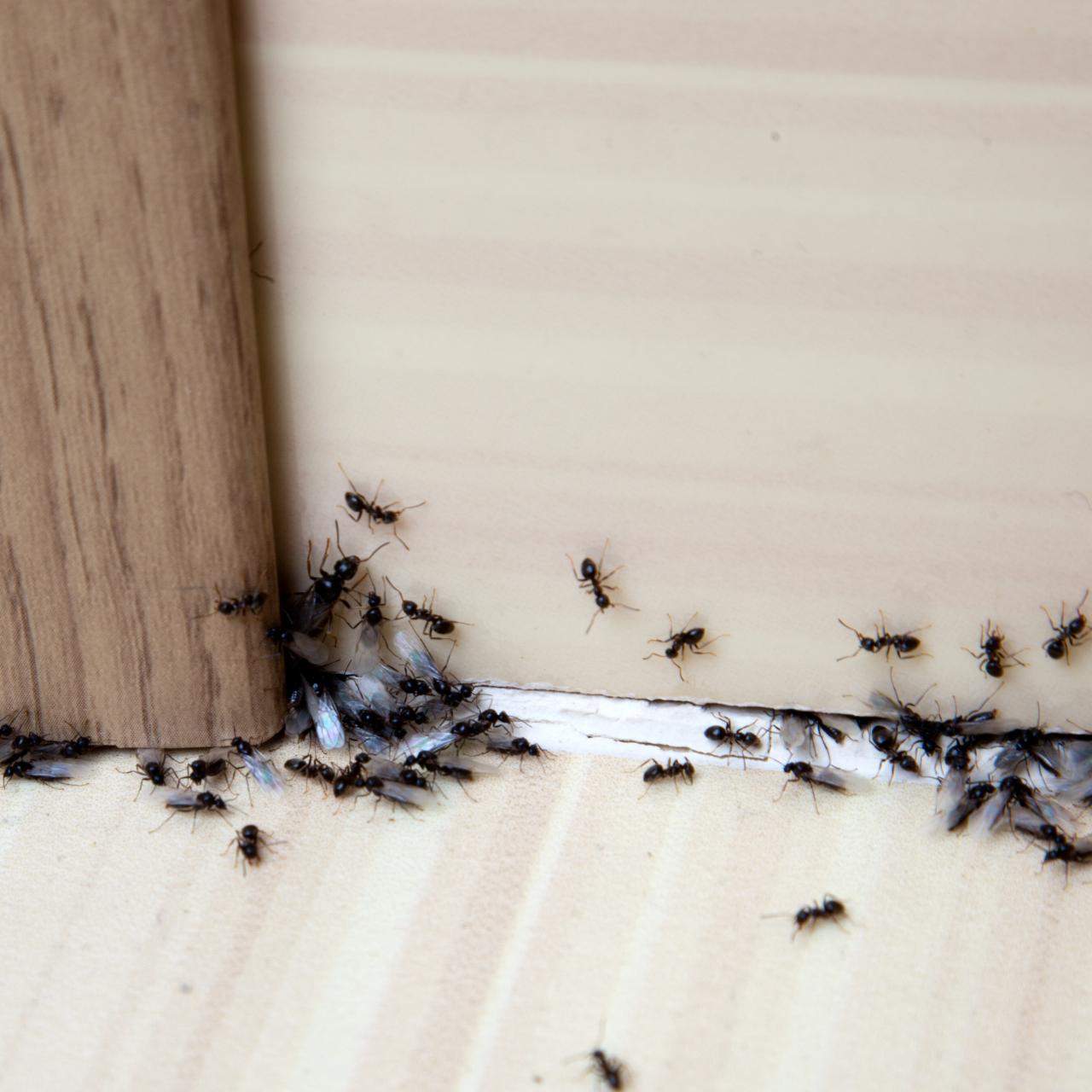

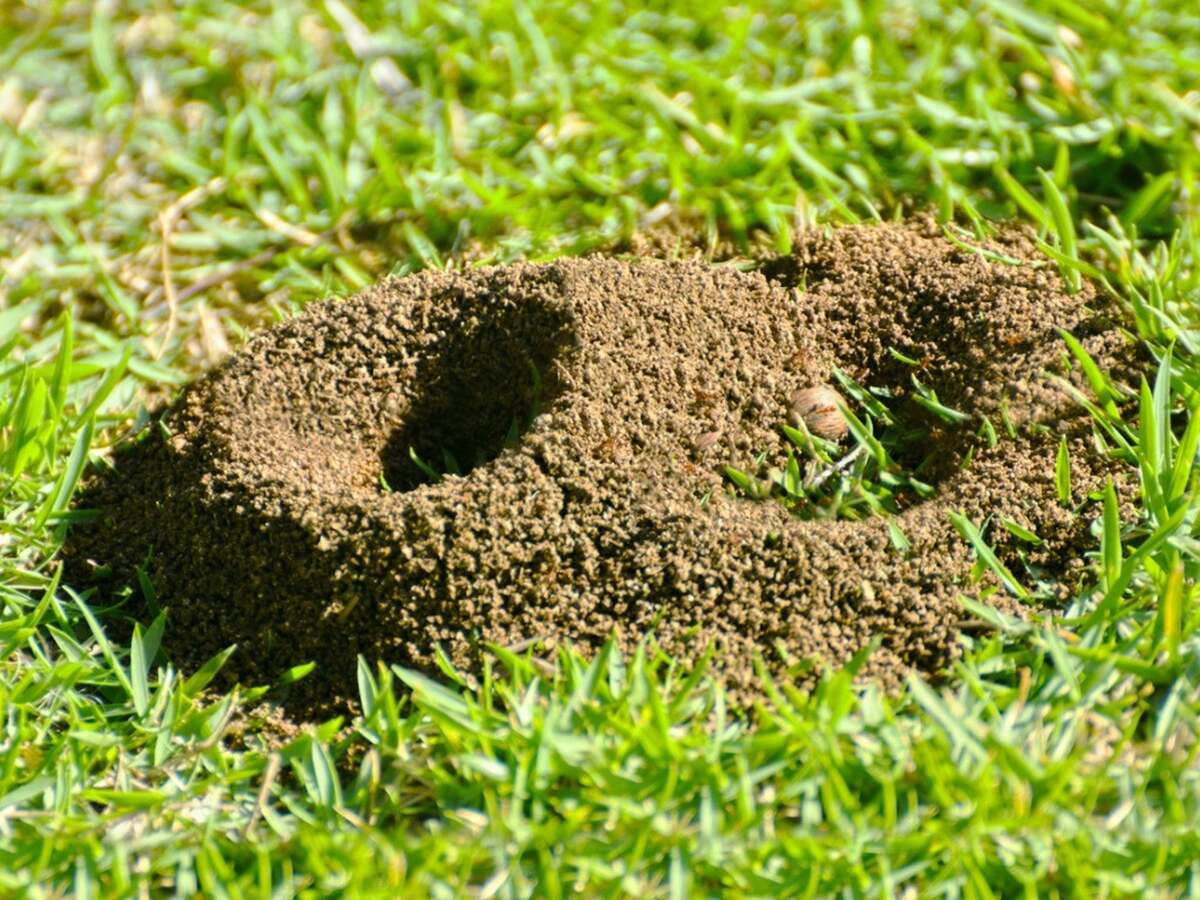
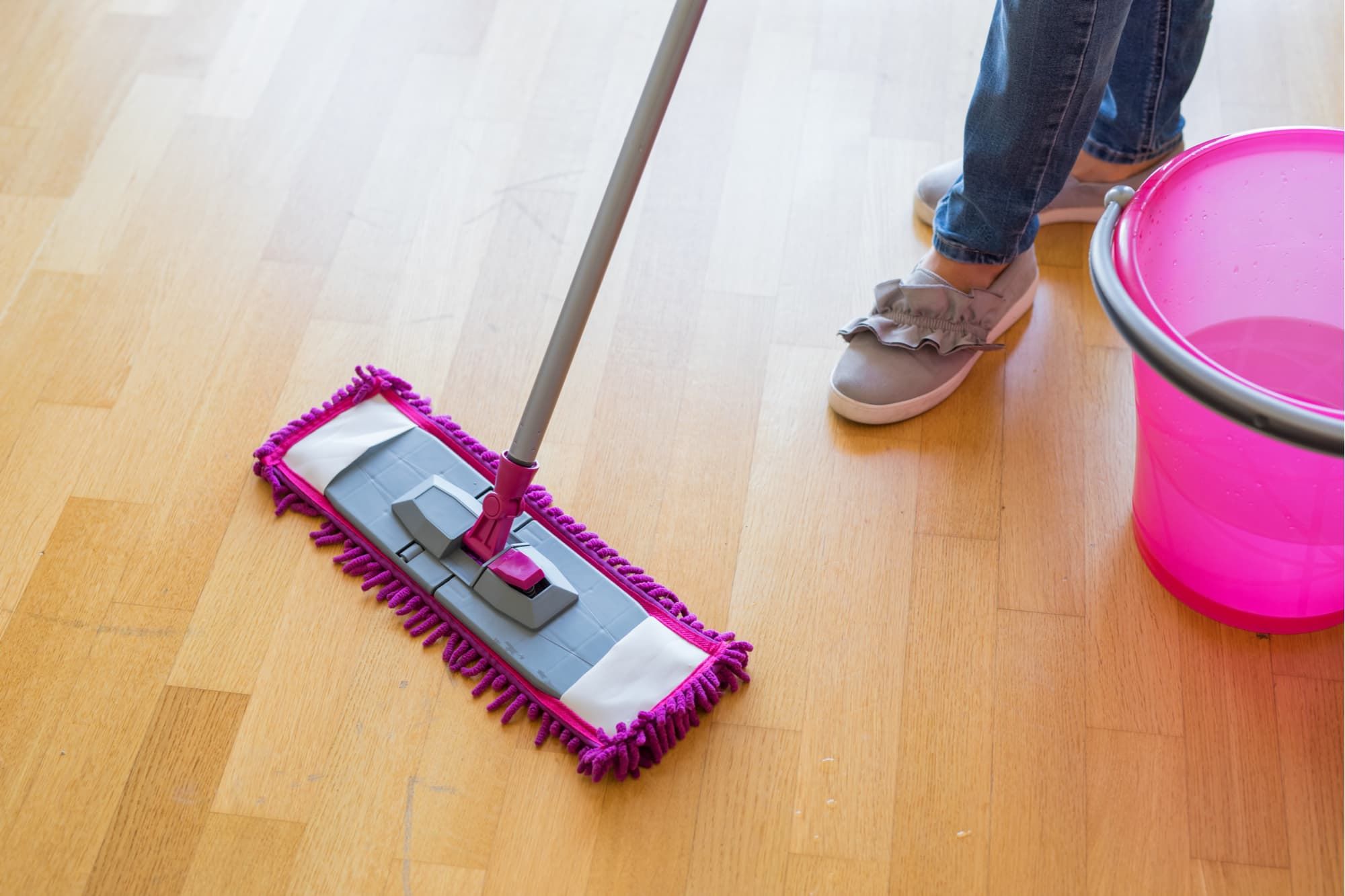
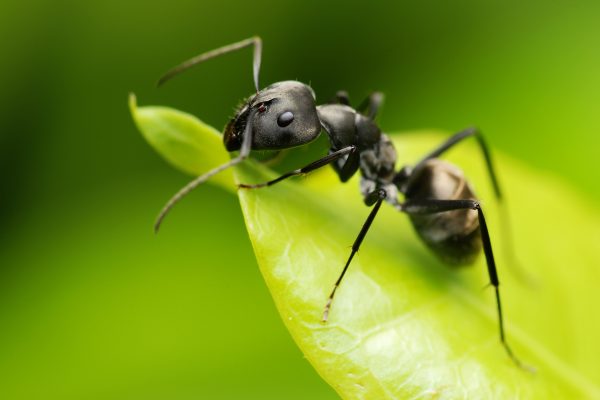
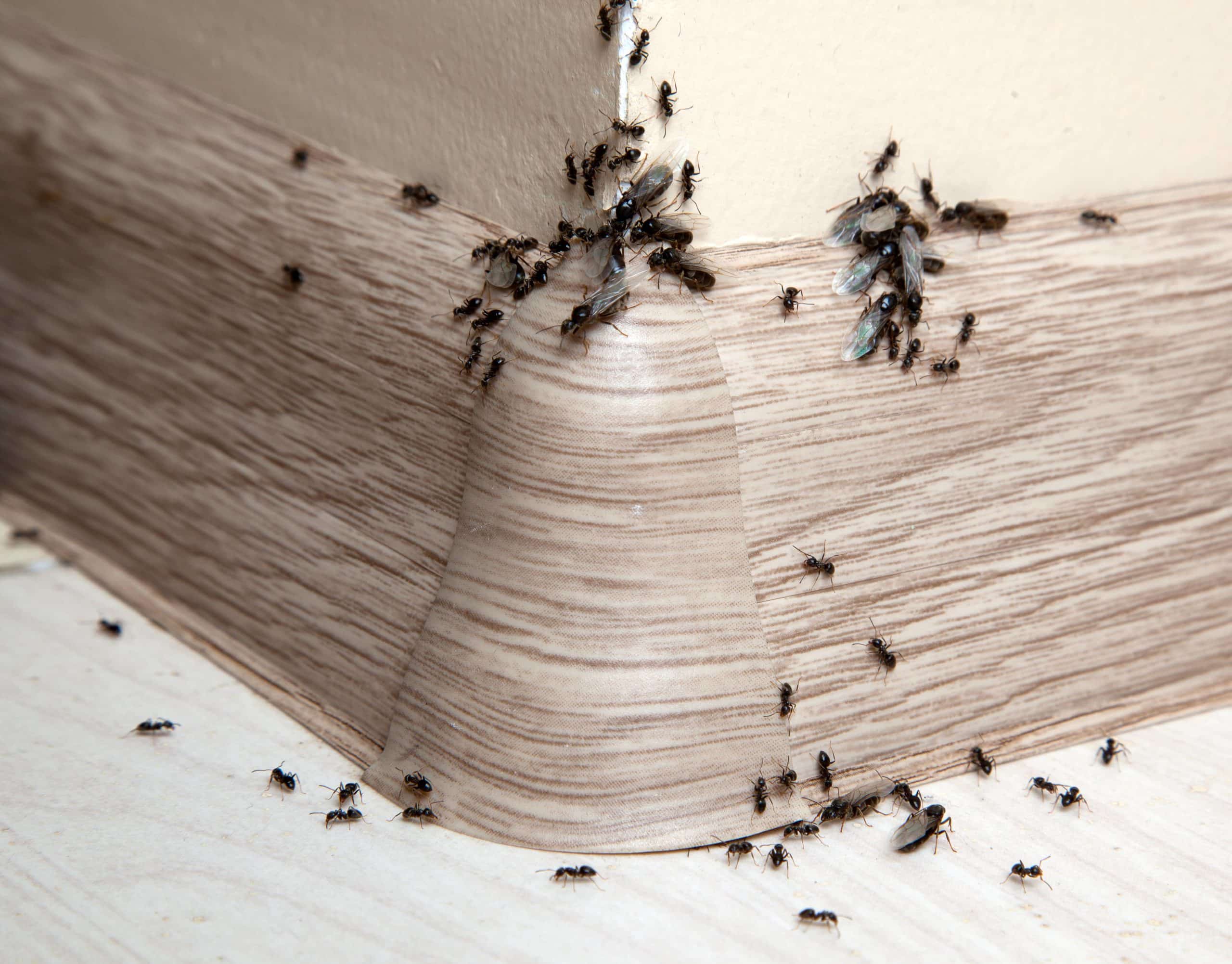
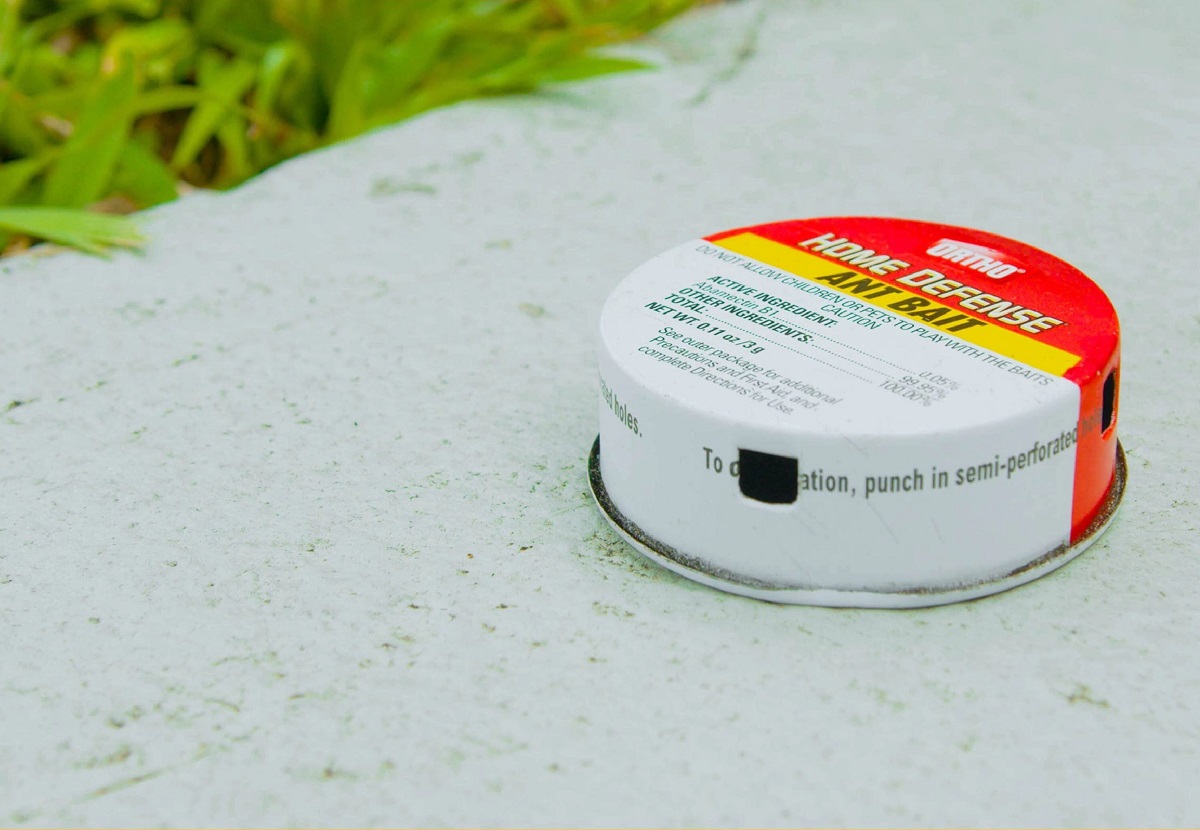
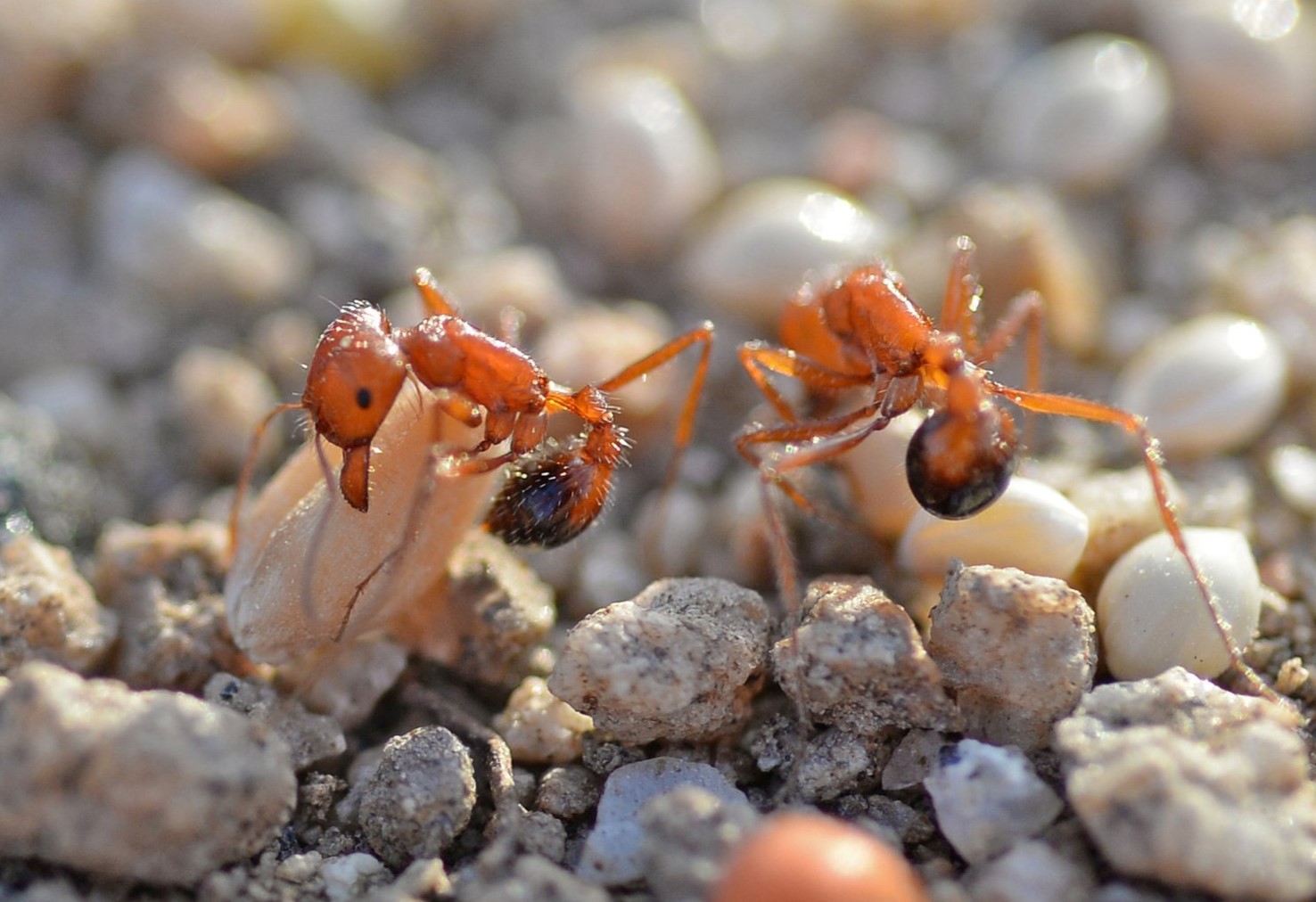

0 thoughts on “How To Get Rid Of Ants In Pantry”